Today is the last day of the huelga de hambre or in my case huelga de pan. This morning Simon and I attended a conference on immigration at the Radisson Hotel in Zone 10 (the rich zone) to support Carlos since he would be speaking. I also wanted to go because I was curious about how people here in Guatemala regard immigration/migration.
In my community in the U.S., there are bastantes migrantes and therefore many immigration and immigrants-rights related events. I am from Ontario, California, and right now many of us from my area are actively fighting against the various forms of anti-immigrant sentiment and racism, whether overt or covert. This sentiment manifests in many forms, ICE raids, Nazi, Minute Men and KKK protests of day labor sites, “sobriety” checkpoints, and Border Patrol raids including those on Greyhound buses. The immigrant community and its allies have successfully mobilized and have several formal and informal networks of communication to organize counter-protests, vigils, celebrations, warnings, and support.

- Pitzer Professor Martha Bárcenas-Mooradian warns drivers of upcoming checkpoint in Pomona, CA to prevent the seizures of the vehicles of immigrants
The most detrimental of the various anti-immigrant manifestations are the ICE raids, as the workers are generally imprisoned before being deported such as in Postville, Iowa raid which imprisoned and then deported almost 400 Guatemalan workers.
Video about the Postville raid
The day labor site closest to my house is in Rancho Cucamonga, CA on the corner of Grove and Arrow, though it is now a site of remembrance as well for fallen day labor leader Fernando Pedraza who was fatally wounded by a vehicle crash in May 2007. Many have stated that the crash would not have happened if the anti-immigrant group the Minuteman Project was not protesting the day laborers and therefore distracting drivers and preventing the workers from being hired. Another factor was the recent closing of the day labor center, forcing the laborers to stand on the sidewalk while they awaited work.

A photo of Jose Fernando Pedraza from the commemoration of the 1st anniversary of his death
In any case, I was curious about how Guatemala treats their undocumented. However, once at the event I picked up a schedule and the booklet from the sponsoring organization MENAMIG, the National Bureau for Migration in Guatemala, and realized that the event would solely be dealing with Guatemalans who go north and not at all with immigrants who come to Guatemala. Carlos began by speaking about the statistics and numbers of Guatemalan migrants who leave to the U.S. as well as those that are deported, and next a speaker from MENAMIG spoke about the treatment of Guatemalan immigrants in the U.S., laws pertaining to immigrants, and how the news media portrays immigrants. Generally, it was bad news: the US exploits its immigrant workforce, deports undocumented peoples at alarming rates, and views immigration negatively. However, while speaking about Guatemalans working in the US he showed a photograph of Norma Torres and Barack Obama with the caption “Lideresas políticas: Norma Torres, ‘La chapina, Orgullo de Guatemala.’”

Political women leaders: Norma Torres, “The Chapina, Pride of Guatemala”
Norma Torres is the former mayor of Pomona and now an assembly member in the 61st district. She is the highest ranking official in the US from Guatemala and a great source of pride for many Guatemalans (many of which call themselves “Chapines/as”), as well as an example of the American Dream many have. I thought about how Pomona, a city with an incredibly high population of immigrants, has checkpoints every two weeks. This is a rate higher than any city I have heard of, and while Norma was mayor she maintained a pro-checkpoint stance, much to the anger of the immigrants’ rights activists in Pomona. However, I have hope that now that she is an assembly member she will step up her long time stance as an advocate for giving drivers licenses to undocumented people, and make Guatemalans in both countries proud.

Carlos Ibáñez and Álvaro Caballeros of MENAMIG
After all the speakers finished discussing US treatment of Guatemalan immigrants there was a question and answer period. I hadn’t had adequate time to reflect on all that I had heard yet, plus it was still early for me, but when I think back on what I would have asked I think I know what I would say. You see, many people here in Guatemala don’t know that the US isn’t welcoming nor that the American Dream is a huge lie, but since I am norteamericana I already know that and was hoping to learn something specific to Guatemala. So my questions would be: “What is Guatemala doing for immigrants in Guatemala? How is Guatemala preventing migration? And how is Guatemala supporting the deported?”
After the conference Simón showed me some amazing murals and buildings that were nearby the Radisson, and finally saw my first queer/gay public service billboard. It was incredibly exciting! Another exciting thing: tomorrow I can eat bread!

One of my favorite murals

The billboard, paid for by CCE/G














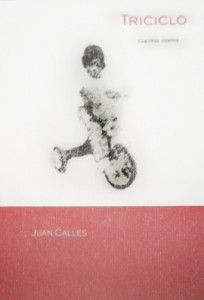

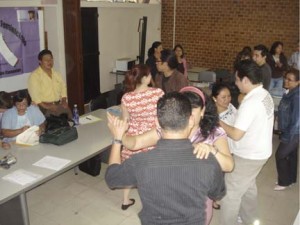
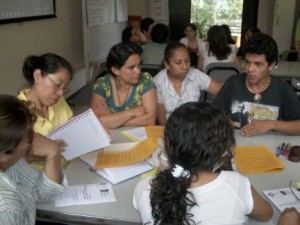


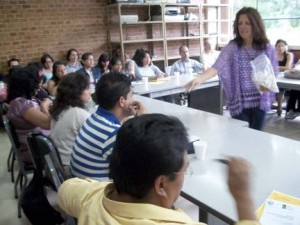
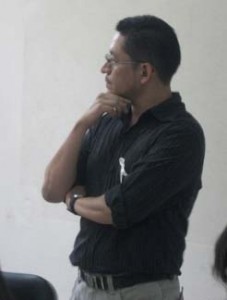
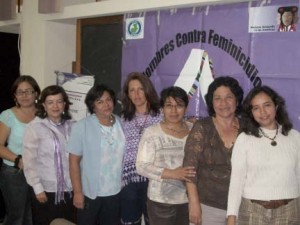


 Proud Founder Member of the Guatemala Peace and Development Network
Proud Founder Member of the Guatemala Peace and Development Network